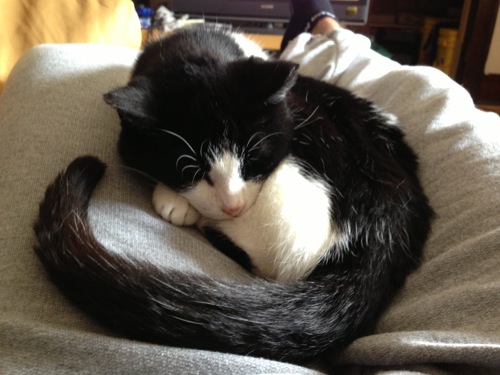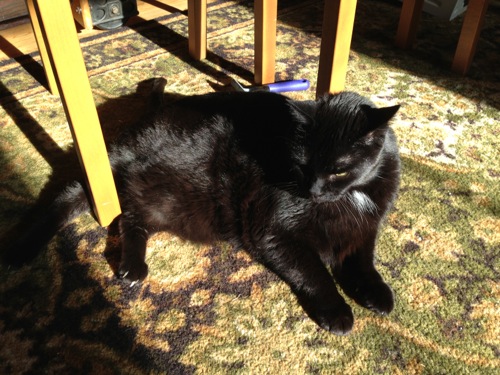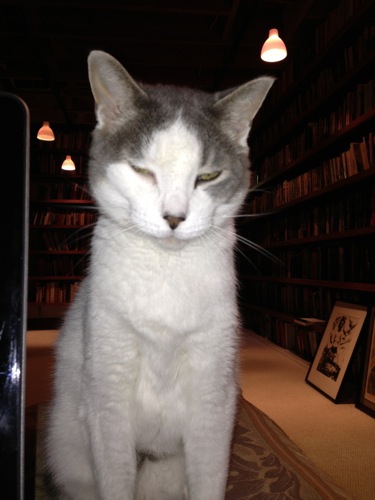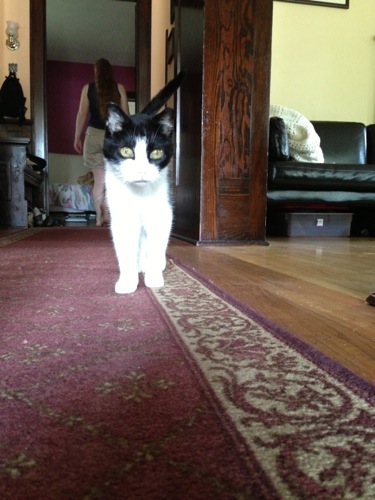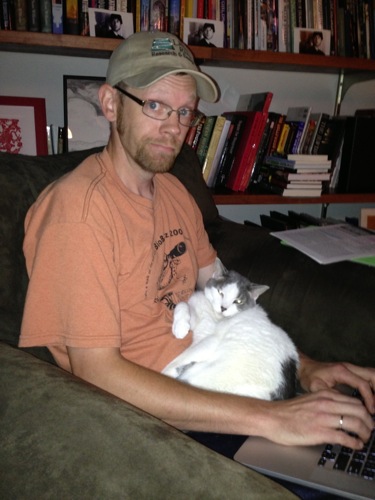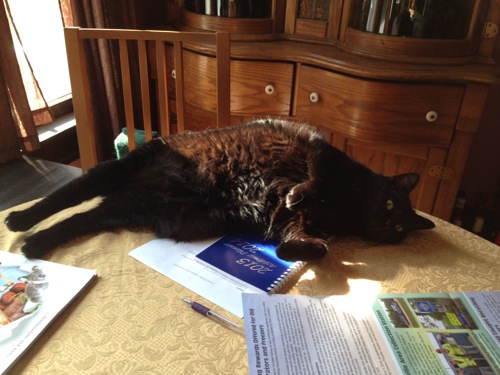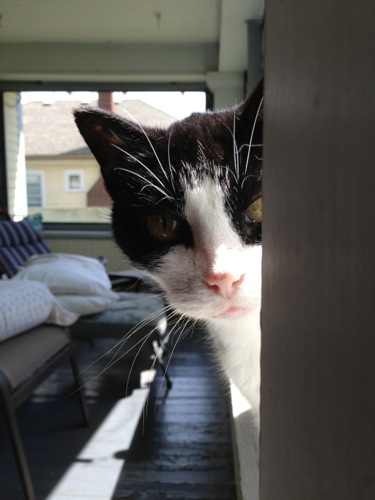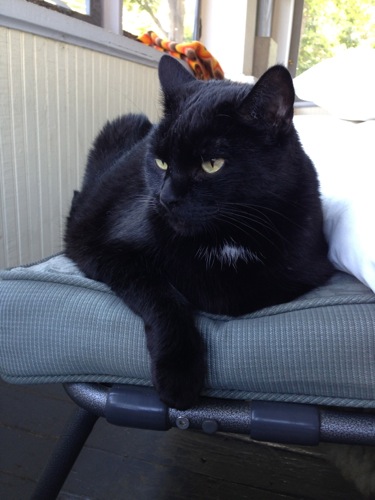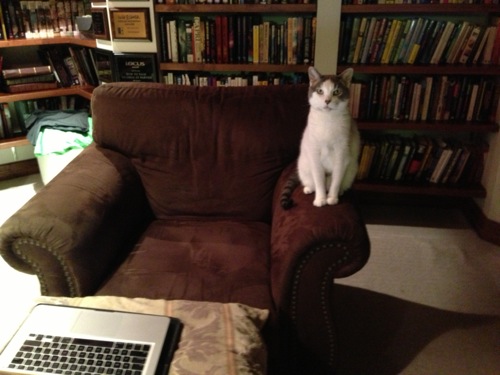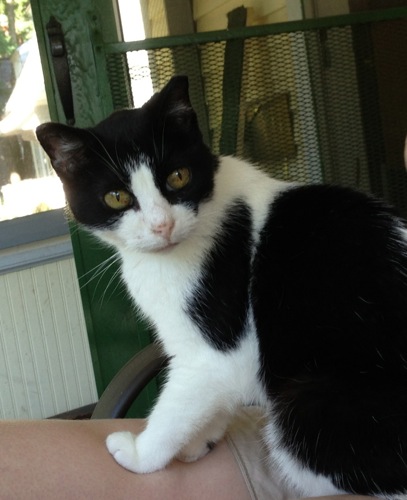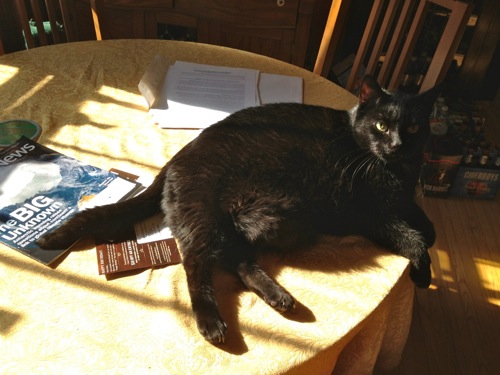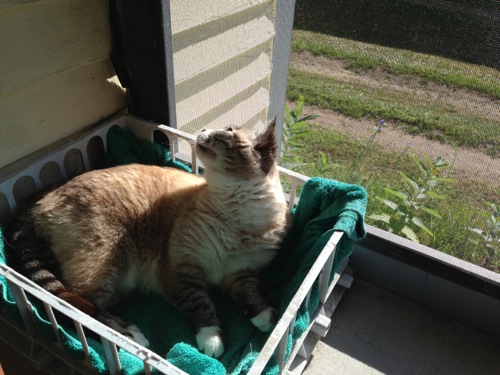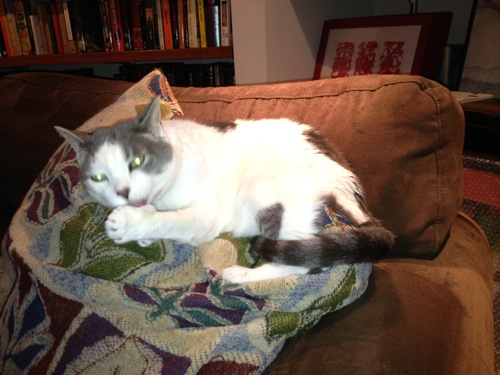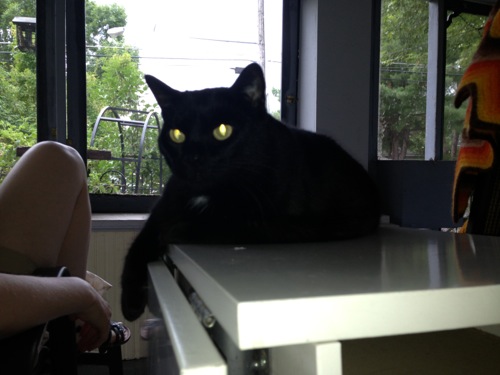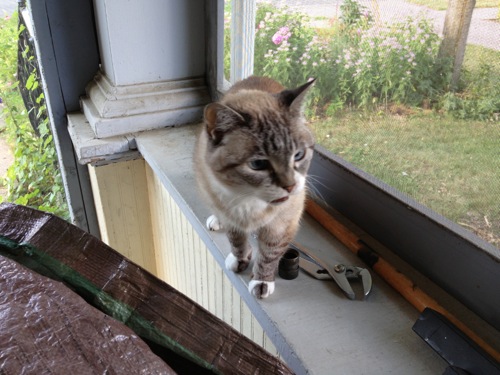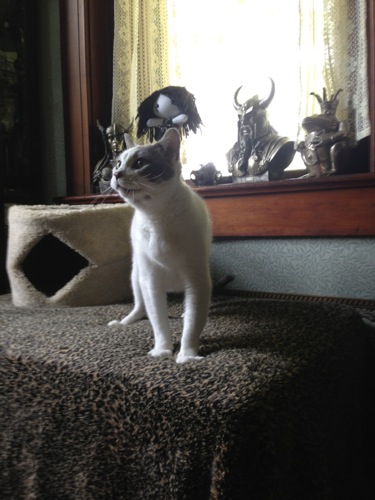So, I thought it might be fun for my readers to get a view of the inside of my head. I’ve been working on and off on a project tentatively titled Aqua Vitae. It’s a contemporary fantasy series with six books loosely plotted out so far. I hope it will be my next group of books for adults following the Fallen Blade series which would would put it on shelves sometime around 2017. I just got back from Jamaica (setting for book six) and these are my raw notes for the book. Very little here in terms of story since that’s all established in the notes for the previous volumes. This is all about atmosphere.
Title: “…And a Bottle of Rum”
Notes on Jamaica for Aqua Vitae series
Pirates and rum runners and ganja, oh my.
August: ~90 Relentlessly hot out of the wind but not bad with sea breeze or on the beach where you can wander down and float for a bit to cool off. Bikinis everywhere. Tourists standing in the water drinking rum and pretending they’re not smoking weed. Roasted breadfruit, delicious and starchy like a natural pretzel, but pale and veined like a yellow sweet potato.
Gareth the bartender. Crystobel the desk clerk.
Old men with young girlfriends.
2010s portion of story. Ya Mon has a soft y emphasis on the A—yA Mon. Ask the bartender for whatever’s fun to make—neverending variety of different rum drinks. Hazey-dazey beach scene soaks up ambition. Hustling vendors march the beach—dressed laid back with a mellow attitude, but soaking in sweat and working their hustles hard:
“Ciiiiiigarettes—Ciiiiiigarettes—Ciiiiiigarettes!” Plastic bag of cigs
“Saahvoneers—Saahvoneers (souvenirs)” Big plastic tray—conchs
“Lobsters mon!” A couple of lobsters dipped in the ocean periodically
Quieter, friendly, “Hey Mon, need some ganja, I set you up.”
Bright colored little open boats with rods on the rails down at the edge of the resort where security can pretend to ignore them. “Fishing Mon?”
A man roars up to the edge of the sand: “Jet ski?”
Beach musicians, guitar and banjo, using an empty VHS rental container as a tip jar. Good voices, mostly old men with dreadlocks and smiles like the musicians in Mighty Quinn.
Tour guide, chatty see the real Jamaica, Appleton, Black River—certified by the tourist board. Got me a taxi with a cooler full of red stripe. Got me some skunk weed too if you want smoke. Not up for a tour? I can still get you the stink, Mon.
This gentle version is at the resort with guards and staff to police the beach. The sales are harder, pushier where there are no such watchers.
Sun so bright that you can burn in the shade just from bounce light. Hairy chest and legs SPF 10+. Sunscreen wears off and you cook, but not where the hair is, not in the shade at least. Lay on the beach, move with the shade, drink rum, wander down to waves when the shade get too hot.
All kinds of rum, sweet, spicy, sharp. White, brown, blended with coconut or banana. White rum, pineapple juice, splash of lime-deadly refreshing on a hot afternoon.
Steel drum band. Men and women. Three tops rigs with two drums each. One set of big complete oil drums (four). One regular old drum kit. Dancers doing headspins and all the stuff we eighties children think of as breakdancing, but a tropical beat.
Beach party, dancing to drums and electric guitar on the edge of the waves. Splash out to knee deep when the sweat runs too thick from dancing. Scottish step dancing surprisingly appropriate.
Walking along the interface between water and sand at sunset, waves less than ankle height, rum buzzing in your head.
The rains coming with thunder and lightning every day between 3-5 in the afternoon. Usually quick and cooling, then off, but every so often with the hint of monsoon. The boatmen stand under the tiny shelter of the the fish sanctuary sign, and bail when the rain has passed.
Feral cats live on the edge of resortland begging scraps from the tourists. The cautious hiding on the edges, the more successful, playing the loving house cat-hustling every bit as hard as the beach vendors. Compact cats—7lbs or so. Content to wait in the rain if it means they get some jerk chicken or grilled fish.
Smokers everywhere, and more black tourists than white. White folks often from Italy or Spain or points east. Lots of slavic accents. Only redhead on the beach is with me. Men with shaved heads and weightbench muscles abound. Tattoos are everywhere. The most obnoxious tourists are American, same as everywhere else.
Most tourists have a light buzz on, rum or ganja. Though some are gone by noon, really drunk drunks are rare. Maybe because the culture encourages the light buzz and demystifies alcohol and weed.
In resortland its rare to go half an hour without smelling someone light up. The weed smokers are neither furtive nor brazen, and the smell is what tells you they’re there more than behavior does.
The staff and the locals all laid back smiles. Some of that’s the job, some of it’s the culture. They work hard, but don’t rush. Handclasp or fist bump to say hello and goodbye. Everyone seems to have good teeth, often flashed in smile. When they speak amongst themselves it’s patois, fast and impossible for this outsider to parse. Braids and dyes are popular for the women—long hair mostly. Men mostly wear it short, in tiny dreads, high and tights, or low afros. Quite a few shaved heads though, and the longer dreads can be seen here and there, mostly on musicians.
Rehearsals for Jamaican dance show. Walkthrough to adjust the dance to the available space. Tights and legwarmers for heat even when its eighty out.
Sitting in the ocean during really heavy rain cold on shore, warm in the water. Rain so hard you can barely see, like spatters of sleet on my bald head. Marvelous as it was. Glorious in book form with a bottle of passed back and forth in the warm surf. Run ashore to fetch a bottle, feels like stepping into a hot bath when you splash back into the waves. Lightning overhead so loud and so close you can feel it vibrate your chest cavity like a skin and bone drum.
Tropical wedding. Groomsmen in whit linen shirts and sand pants. Groom in a sand suit. Bride in a white and sand silk mermaid that somehow works. Bridesmaids in teal, one, two, or no straps. Caribbean rock band with a teal guitar that matches the dresses. Loud obnoxious Americans who smoked and drank the week away, ruining other folks fancy dinners suddenly and briefly transformed into something marvelous as they sway down the hall to steel drums on the way to a beautiful moment. After the recessional, once the wedding party has walked out of easy hearing, the band breaks into an instrumental Hotel California with the steel drums going sinister and eerie, and you suddenly wonder what fate awaits the wedding crowd once they revert to the “ugly American” stereotype. The story turns again, transformed into a prelude to horror…perhaps the dark sorcerer of Aqua Vitae did not like having his fancy dinner interrupted.
Speaking of which, the author would like to note that in combination with the water pouring out of the ceiling of the fancy Sir Andrew restaurant, the loud American crowd transformed a romance story first to disaster, and then to charming absurdist farce.

